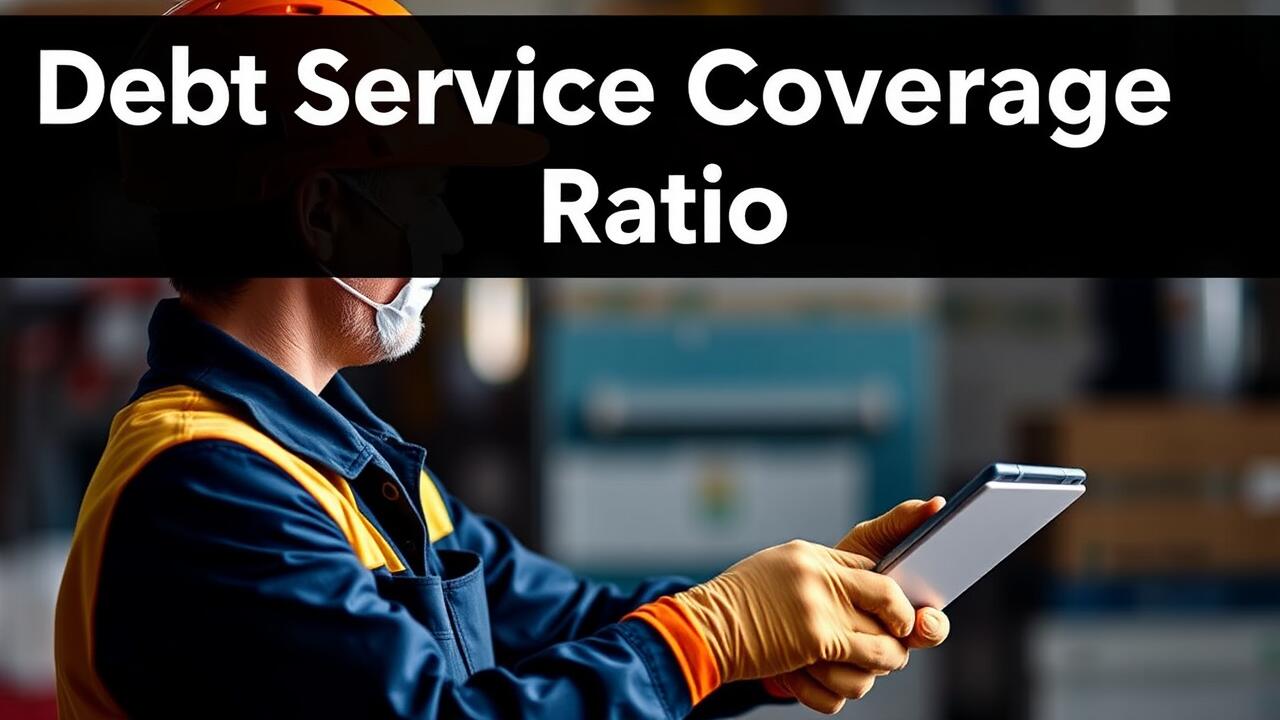
Table Of Contents
Risks Associated with DSCR Loans
Debt Service Coverage Ratio Loans (DSCR loans) can carry significant risks for both borrowers and lenders. One primary concern is the reliance on rental income to meet debt obligations. If market conditions change, leading to reduced occupancy rates or declining rents, borrowers may struggle to cover their payments. This situation can increase the likelihood of default, potentially putting the investment property at risk.
Another risk involves the underwriting process, which heavily weighs the property's cash flow against the debt service requirement. If the borrower overestimates projected income or underestimates expenses, the DSCR could fall below the acceptable threshold. This discrepancy can result in denial of financing or stricter loan terms, worsening the borrower's financial situation. Careful assessment of cash flow projections is essential to mitigate these challenges.
Common Pitfalls to Avoid
When considering a Debt Service Coverage Ratio Loan, one common pitfall is overlooking the importance of accurate financial projections. Borrowers might underestimate expenses or overestimate potential rental income. This miscalculation can result in a lower debt service coverage ratio, making it challenging to secure financing or meet lender requirements. Property management costs, maintenance, and unexpected vacancies can quickly outweigh anticipations, leading to inadequate cash flow.
Another mistake to avoid involves neglecting to maintain a solid credit profile. A low credit score can impact the terms of a Debt Service Coverage Ratio Loan significantly. Lenders typically seek borrowers who demonstrate financial responsibility. Keeping credit card balances low, paying bills on time, and addressing any outstanding debts can help enhance creditworthiness. Failing to prioritize these aspects can limit borrowing options and lead to unfavorable lending conditions.
How to Improve Your DSCR
Improving your Debt Service Coverage Ratio Loan begins with enhancing your rental income. Property owners can start by examining current market rates and making adjustments. Upgrading the property or enhancing its appeal can attract higher-paying tenants. Effective marketing strategies also play a vital role in increasing occupancy rates. Even minor improvements, such as fresh paint or landscaping, can make a significant impact on potential returns.
On the expense side, reducing ongoing costs directly influences your DSCR. Consider refinancing existing loans for better rates or shop around for insurance policies that offer comparable coverage at lower premiums. Regular maintenance can prevent costly repairs down the line, which helps in maintaining a healthy cash flow. Keeping operating expenses in check while maximizing revenue streams is essential for a favorable Debt Service Coverage Ratio Loan.
Strategies for Enhancing Your Financial Profile
Improving your financial profile can play a significant role in qualifying for a Debt Service Coverage Ratio Loan. Begin by ensuring that your income consistently exceeds your debt obligations. Consider diversifying your income streams through investments or side businesses. This not only enhances your overall earnings but also strengthens your application by demonstrating stable cash flow.
Another effective strategy involves reducing your existing debts. Focus on paying off high-interest loans first to improve your credit utilization ratio. Staying current with all financial obligations positively impacts your credit score, making you a more attractive borrower. By strategically managing both income and debt, you position yourself better for favorable terms on a Debt Service Coverage Ratio Loan.
Use Cases for DSCR Loans
DSCR loans are particularly beneficial for real estate investors seeking financing for rental properties. These loans allow borrowers to leverage their income from rental activities by focusing on the property’s cash flow rather than personal income. Investors can secure funding without demonstrating extensive financial history, making these loans attractive for those just entering the market.
Another prime use case for a Debt Service Coverage Ratio Loan is in commercial real estate transactions. Properties such as office buildings, retail spaces, and multifamily units can generate sufficient income to meet or exceed loan obligations. This type of financing enables business owners and investors to acquire properties that might otherwise be out of reach due to stringent borrowing requirements tied to personal income verification.
Best Scenarios for Investment Property Financing
Investment property financing often benefits from a Debt Service Coverage Ratio Loan, particularly when an investor is acquiring multi-family units or commercial properties. These types of properties usually generate consistent rental income, making it easier for lenders to evaluate the potential cash flow. Investors looking for steady income without heavy reliance on personal income often find these loans appealing because they focus primarily on the property’s ability to cover its debt obligations.
Another favorable scenario for using a Debt Service Coverage Ratio Loan arises in markets where property values are appreciating. Investors can leverage this loan to finance properties that are likely to yield higher returns over time, especially in areas with strong rental demand. This approach allows for greater flexibility in investment strategies, as the emphasis is placed on the property's financial performance rather than the borrower's credit history alone.
FAQS
What does DSCR stand for in a DSCR loan?
DSCR stands for Debt Service Coverage Ratio, which measures an entity's ability to cover its debt obligations with its net operating income.
Who typically qualifies for a DSCR loan?
Generally, borrowers looking to finance investment properties or commercial real estate qualify for a DSCR loan, provided their income meets the required DSCR ratio set by lenders.
What is a good DSCR ratio to aim for?
A good DSCR ratio typically ranges from 1.2 to 1.5, meaning that the borrower generates 20% to 50% more income than what is required to cover their debt payments.
What are some common pitfalls to avoid when applying for a DSCR loan?
Common pitfalls include not accurately calculating your DSCR, underestimating operating expenses, and failing to maintain a strong credit profile.
Can I improve my DSCR if it's currently low?
Yes, you can improve your DSCR by increasing your rental income, reducing operating expenses, or refinancing existing debt to lower your payments.



